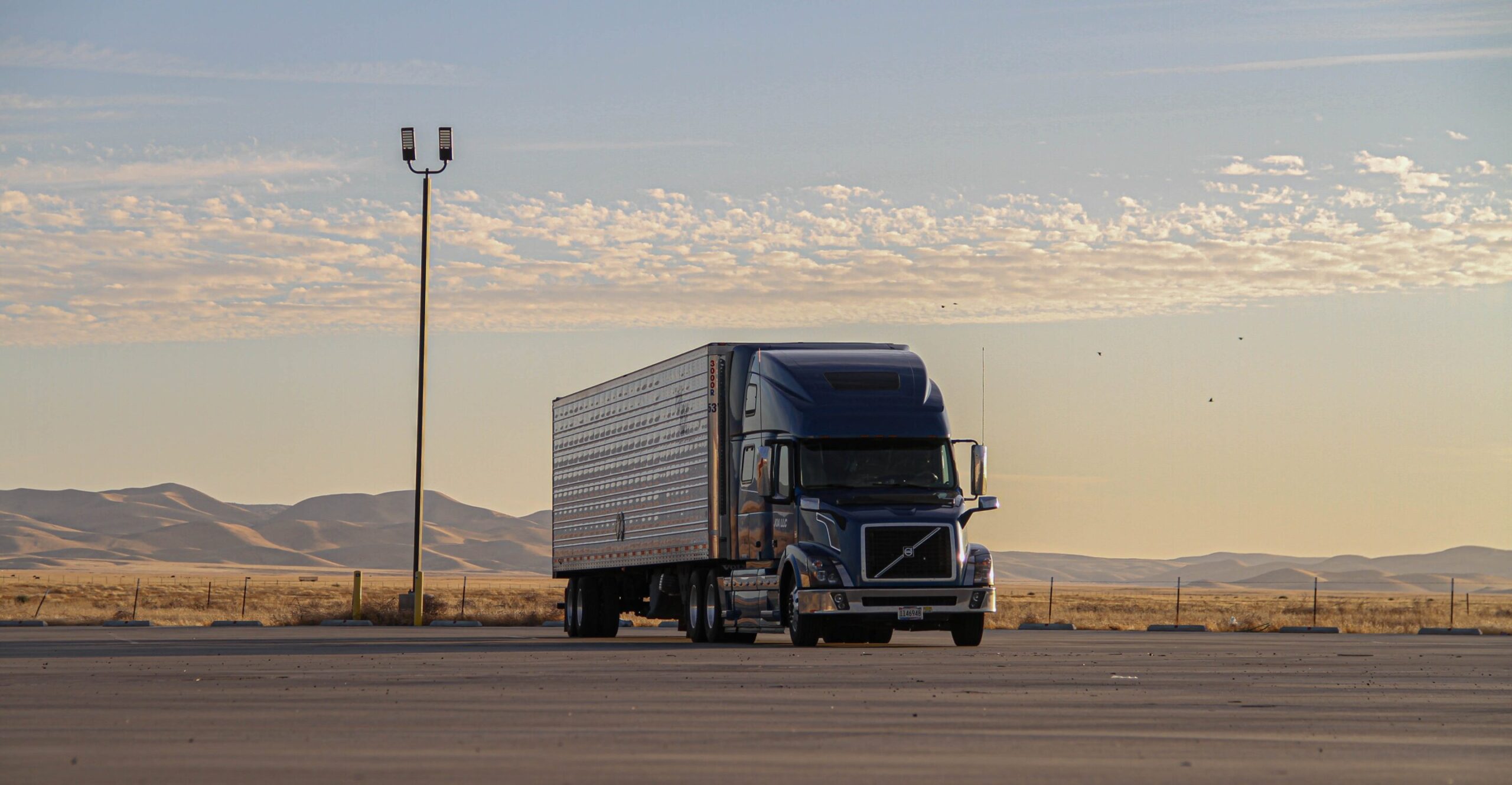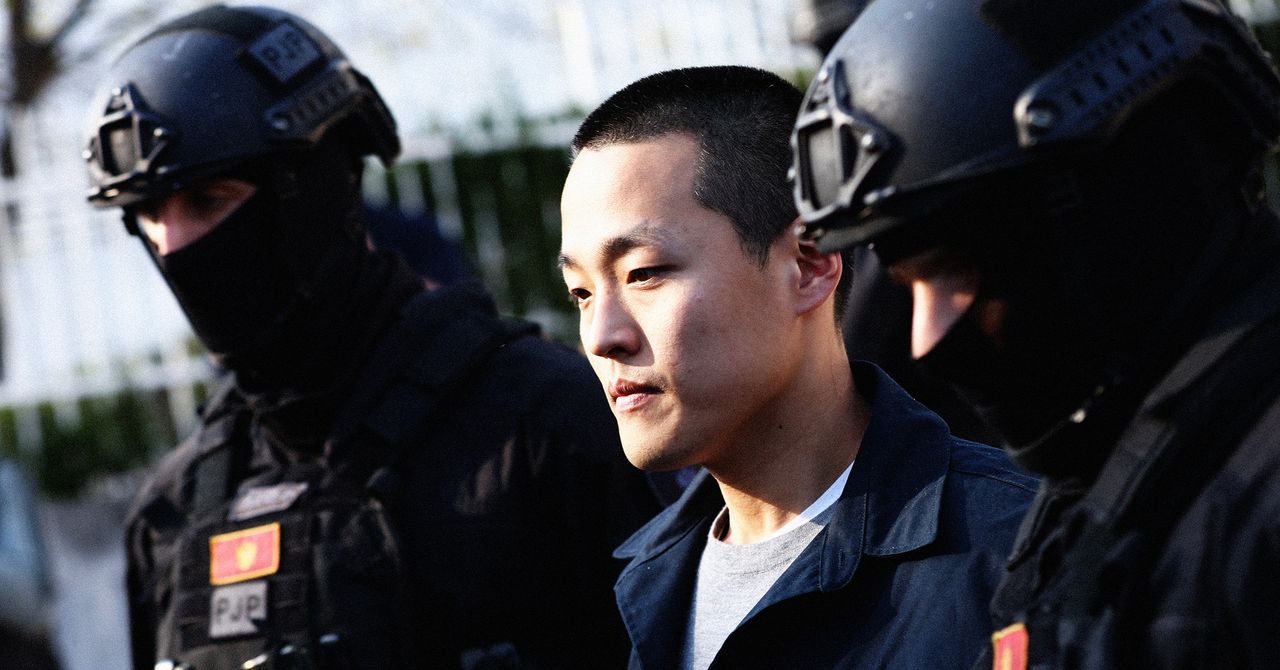Tech
Heavier electric trucks could strain New York City’s roads and bridges, study warns

New York City’s roads and bridges already incur millions in annual damage from oversized trucks, and a new study warns the shift to electric freight could intensify that burden. As electric trucks replace diesel models, their heavier batteries could increase the city’s yearly repair costs by up to nearly 12% by 2050.
Led by C2SMART researchers at NYU Tandon School of Engineering in collaboration with Rochester Institute of Technology (RIT) and published in Transport Policy, the study finds that oversized trucks already cause about $4.16 million in damage each year while permits bring in only $1.28 million. Electric trucks typically weigh 2,000 to 3,000 pounds more than diesel models, and in rare long-range cases as much as 8,000 to 9,000, so the financial gap is expected to grow.
“As electric vehicles become more common, our city’s infrastructure will face new and changing demands to support this transition,” said Professor Kaan Ozbay, the paper’s senior author and director of NYU Tandon’s C2SMART transportation research center. “Our framework shows that the city should adapt its planning and fee structures to ensure it can accommodate the costs of keeping bridges and roads safe as a result of more widespread adoption of e-trucks. “
Using New York City’s Overdimensional Vehicle Permits dataset, the researchers modeled how electric-truck adoption could play out through 2050. They found that switching to e-trucks could increase damage costs by 2.23 to 4.45% by 2030, and by 9.19 to 11.71% by 2050. More extreme scenarios tied to unusually heavy batteries produced higher figures, though the authors say those outcomes are unlikely as technology improves.
The impact would not be uniform across the city. Manhattan faces the greatest increase, with parts of Brooklyn, Queens, and the Bronx also at risk due to heavy truck volumes and aging structures. Staten Island and many outer areas show lower impact. Bridges shoulder about 65% of the added costs because they are especially sensitive to increases in gross vehicle weight. Pavement, affected more by axle loads, wears down more gradually.
“We found that conventional oversized trucks in New York City already impose more than $4 million in annual damage,” said the study’s lead author Zerun Liu, NYU Tandon Ph.D. candidate in the Civil and Urban Engineering department’s recently established Urban Systems Ph.D. program, who is advised by Professor Ozbay. “With projected adoption of electric trucks, those costs could increase by an additional nearly 12%. That gap highlights the urgent need for new strategies to keep infrastructure sustainable.”
To manage the risks, the researchers created a susceptibility index identifying road segments and bridges most vulnerable to heavier vehicles. They recommend replacing flat permit fees with flexible, weight-based fees that reflect actual costs while still recognizing environmental benefits. They also call for expanding weight monitoring on high-risk corridors, especially in Manhattan, and factoring e-truck projections into city maintenance and capital plans to avoid expensive emergency repairs.
Although the study focuses on New York City, similar pressures are emerging elsewhere. The European Union allows zero-emission trucks to exceed weight limits by nearly 9,000 pounds, while U.S. rules permit an additional 2,000. The framework developed by the NYU Tandon and RIT team offers cities a way to balance climate goals with the realities of infrastructure wear.
Despite the added costs, the authors stress that the overall case for electric trucks in New York remains strong. Their scenarios suggest that widespread electrification could cut about 2,032 tons of carbon dioxide each year, improving air quality and public health.
“The proposed methodological framework can provide actionable insights for policymakers to ensure infrastructure longevity and safety as e-truck adoption grows,” Ozbay said.
In addition to senior author Ozbay and lead author Liu, the paper’s other authors are Jingqin Gao, C2SMART’s Assistant Director of Research; Tu Lan, a Ph.D. student in the Urban Systems Ph.D. program graduated under Professor Ozbay’s advisement; and Zilin Bian, a recent NYU Tandon Ph.D. graduate from the Civil and Urban Engineering department , now an assistant professor at RIT.
More information:
Zerun Liu et al, A comprehensive framework for the assessment of the effects of increased electric truck weights on road infrastructure: A New York City case study, Transport Policy (2025). DOI: 10.1016/j.tranpol.2025.103808
Citation:
Heavier electric trucks could strain New York City’s roads and bridges, study warns (2025, October 24)
retrieved 24 October 2025
from https://techxplore.com/news/2025-10-heavier-electric-trucks-strain-york.html
This document is subject to copyright. Apart from any fair dealing for the purpose of private study or research, no
part may be reproduced without the written permission. The content is provided for information purposes only.
Tech
Top B&H Photo Discounts and Deals for December 2025

B&H Photo is one of our favorite places to shop for camera gear. If you’re ever in New York, head to the store to check out the giant overhead conveyor belt system that brings your purchase from the upper floors to the registers downstairs (yes, seriously, here’s a video). Fortunately B&H Photo’s website is here for the rest of us with some good deals on photo gear we love.
Save on the Latest Gear at B&H Photo
B&H Photo has plenty of great deals, including Nikon’s brand-new Z6III full-frame mirrorless camera for $2,196.95 ($300 off). The Z6III (8/10, WIRED Recommends) is huge update for the Z6 line, and a great all-around camera for Nikon fans. There are also great deals like the Nikon Zf (8/10, WIRED Recommends) full frame mirrorless camera for $200 off, or the Nikon Z8 for $600 off.
Not in the market for the latest Nikon cameras? There are plenty of other deals, like our favorite action camera, the GoPro Hero 13 for $70 off (7/10, WIRED Recommends), and Sony’s a7R V full frame mirrorless camera for $400 off.
How Do I Get Free Shipping at B&H?
One of the many perks of B&H Photo is their generous free shipping policy. Most orders at B&H over $49 qualify for free expedited shipping to the lower 48 states. The savings just keep coming, as most items totaling under $49 also qualify for free standard shipping in the contiguous US.If for some reason your order doesn’t qualify for free shipping, you can review alternative shipping options during checkout—full shipping policy details can be found here.
Best Times to Find B&H Promo Codes and Discounts
Like most retailers, B&H Photo offers some of their best deals of the year during Black Friday and Cyber Monday, but that doesn’t mean there aren’t other ways to save outside of this sale period. There’s still time to jump on extended holiday sales, with up to $300 24-hour camera discounts, and featured price drops across all accessories. While there may not be any B&H promo codes available at the moment, there are plenty of other ways to save at B&H.
Get the latest B&H Preorder in 2025
If you’re a photographer, videographer, or creator, you’re not going to want to be left out of some of the most anticipated camera releases of the year, including the Canon EOS R6 Mark III Mirrorless Camera, Canon 45mm f/1.2 STM Lens (Canon RF), and Canon EOS R6 Mark III Mirrorless Camera with 24-105mm f/4 Lens, and more. Make sure you visit the above link to get the full scoop of camera details and releases, as well as pre-order them while you still can.
Exclusive B&H Student Discounts
If you’re a student with an EDU email, sign up for B&H Photo’s student discount program, which offers free shipping on most orders and exclusive discounts.
Score Deals on Used and Refurbished Gear
B&H Photo also deals in used and refurbished gear. Deals (and conditions) vary, and I have never purchased a used item this way, but if you’re looking to save some money, that’s another way to go.
Trade-in Your Old Gear at B&H
The flip side of B&H Photos used deals is that you can sell your old gear. I put in my old Sony a7 II and was offered $210, which is more than I would have thought. Your offer is contingent on it matching the condition you claim, but if you’ve got gear you aren’t using anymore, this is a way to turn it into some extra cash.
Snap Up Limited-Time Deals in the Deal Zone
There are always rotating and limited-time B&H Photos deals at this url, which B&H Photo calls the Deal Zone.
Tech
Trump Signs Executive Order That Threatens to Punish States for Passing AI Laws

President Donald Trump signed a highly anticipated executive order on Thursday that sets in motion a plan to establish a national regulatory framework for artificial intelligence while undercutting states’ abilities to enact their own rules.
The order, titled “Ensuring a National Policy Framework for Artificial Intelligence,” creates an AI litigation task force within the Justice Department to directly challenge state AI laws the administration finds to conflict with federal policy. It also directs the Department of Commerce to craft guidelines that could make states ineligible for future broadband funding if they pass “onerous” AI laws.
The push for sweeping federal preemption of state AI laws has largely been fueled by AI investors, conservative policy shops, and tech industry trade groups. These groups have argued that a patchwork approach to AI regulation could stunt Silicon Valley’s AI boom and reduce America’s competitiveness on the global stage. White House AI and crypto adviser David Sacks has been one of the most vocal proponents of a light-touch approach to AI regulation.
“The EO gives your administration tools to push back on the most onerous and excessive state regulations,” Sacks told Trump during Thursday’s signing ceremony. “We’re not going to push back on all of them. For example, kids safety we’re going to protect.”
The order is similar in many respects to an earlier draft obtained by WIRED but with a few key differences. The executive order instructs Sacks and Michael Kratsios, the assistant to the president for science and technology, to prepare a legislative recommendation establishing a federal policy framework for AI. One of the new additions is a carve-out within this legislative recommendation asking Congress not to preempt state AI laws that aim to protect children, promote data center infrastructure, and encourage state governments to procure AI tools.
“We want one central source of approval, and we have great Republican support. I think we probably have Democrat support too, because it’s common sense,” Trump said during Thursday’s signing ceremony. “Every time you make a change, and it could be a very reasonable change, you still won’t get it approved if you have to go to 50 states. This centralizes it.”
In the absence of federal regulations, officials from states across the country have pushed through their own investigations and legislation to govern the use and development of AI. Trump’s executive order specifically calls out certain state AI laws—such as Colorado’s SB24-205, which aims to limit “algorithmic discrimination” in AI models—as an attempt to “embed ideological bias.”
Several other state AI laws may also fall in the crosshairs of this executive order. California governor Gavin Newsom signed a law in September requiring large tech companies to publish safety frameworks around their AI models. In June, New York’s legislature passed a bill that would empower the state’s attorney general to bring civil penalties of up to $30 million against AI developers that fail to meet safety standards. That bill is currently sitting on New York governor Kathy Hochul’s desk, awaiting her signature or veto—though she’s reportedly considering amendments that could weaken the bill significantly.
Tech
Crypto Magnate Do Kwon Sentenced to 15 Years in Prison

South Korean crypto entrepreneur and prosecuted fraudster Do Kwon was sentenced to 15 years in prison by a US federal judge in the Southern District of New York on Thursday.
Kwon cut a solemn figure as he was escorted into the courtroom by US Marshals, his head bowed, his cheeks sunken as if he’d lost a significant amount of weight. He wore a bright lemon-colored prison jumpsuit over a long-sleeve shirt, with cuffs around his waist and hands.
In August, Kwon pleaded guilty to defrauding investors who purchased crypto coins issued by his company, Terraform Labs. In May 2022, the abrupt collapse of those coins wiped out $40 billion and sent the crypto economy into a tailspin that bankrupted numerous other companies.
“Kwon’s fraud was colossal in scope, permeating virtually every facet of Terraform’s purported business,” US prosecutors wrote in a recent court filing. “His rampant lies left a trail of financial destruction in their wake.”
Given the chance to address the court on Thursday, Kwon said he took sole responsibility for the fraud. After thanking his former coworkers and supporters, some of whom had gathered in the public gallery, he became emotional. His lawyers, to his left and right, rubbed his back.
The offenses to which Kwon pleaded guilty carry a maximum sentence of 25 years in prison. Before the hearing, prosecutors had petitioned for a 12-year prison term. But the presiding judge, Paul Engelmayer, ruled that a more punitive sentence was required in order to deter future crypto fraudsters.
“This case will be there as a reminder of breaking bad and what happens,” Engelmayer told the courtroom. “To the next Do Kwon, if you commit fraud, you will lose your liberty for a long time.”
As he was bundled into an elevator outside the courtroom after receiving his sentence, Kwon appeared to be holding back tears. The chain that hung between his feet rattled against the floor.
Not-So-Stablecoin
Kwon started Terraform in 2018, alongside cofounder Daniel Shin. Two years later, the company announced plans to launch TerraUSD (UST), a stablecoin whose value was supposedly pegged to the US dollar by way of an algorithm. The algorithm would effectively tie UST to a second coin issued by the firm, LUNA. A dollar’s worth of LUNA could be exchanged for a dollar’s worth of UST, and vice versa. If UST were to ever slip below $1, traders would be incentivized to buy LUNA until the target value was restored.
“It was an intriguing and very novel mechanism,” Noelle Acheson, an analyst who previously worked at the crypto brokerage Genesis, told WIRED last year. “Many smart people believed it would work.”
In May 2022, the price-balancing system belched. When traders sold large quantities of UST, it slipped from its dollar peg, leading to a panicked sell-off that drove the price practically to zero. In a now-infamous tweet, Kwon tried to stop the selloff, writing, “deploying more capital—steady lads.” But the value of UST and LUNA plummeted, wiping $40 billion from the market.
-

 Sports7 days ago
Sports7 days agoAustralia take control of second Ashes Test | The Express Tribune
-

 Politics5 days ago
Politics5 days ago17 found dead in migrant vessel off Crete: coastguard
-

 Entertainment1 week ago
Entertainment1 week agoSabrina Carpenter recalls ‘unbelievable’ experience with pal Taylor Swift
-

 Fashion1 week ago
Fashion1 week agoBangladesh’s economic outlook cautiously optimistic: Govt
-

 Fashion4 days ago
Fashion4 days agoGermany’s LuxExperience appoints Francis Belin as new CEO of Mytheresa
-

 Politics4 days ago
Politics4 days agoThailand launches air strikes against Cambodian military: army
-

 Tech1 week ago
Tech1 week agoThe Trump Administration Wants Immigrants to Self-Deport. It’s a Shit Show
-

 Tech6 days ago
Tech6 days agoWIRED Roundup: DOGE Isn’t Dead, Facebook Dating Is Real, and Amazon’s AI Ambitions


















